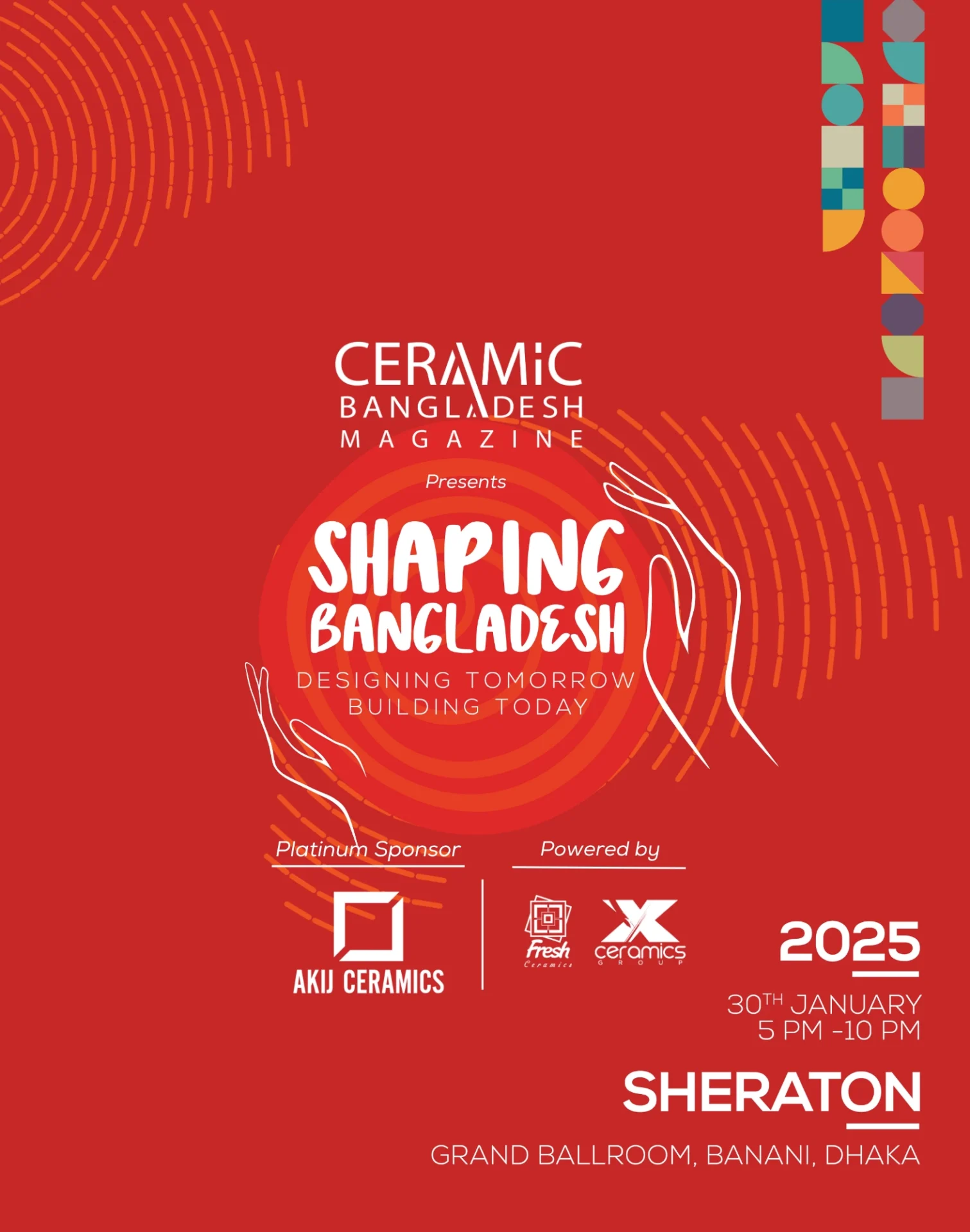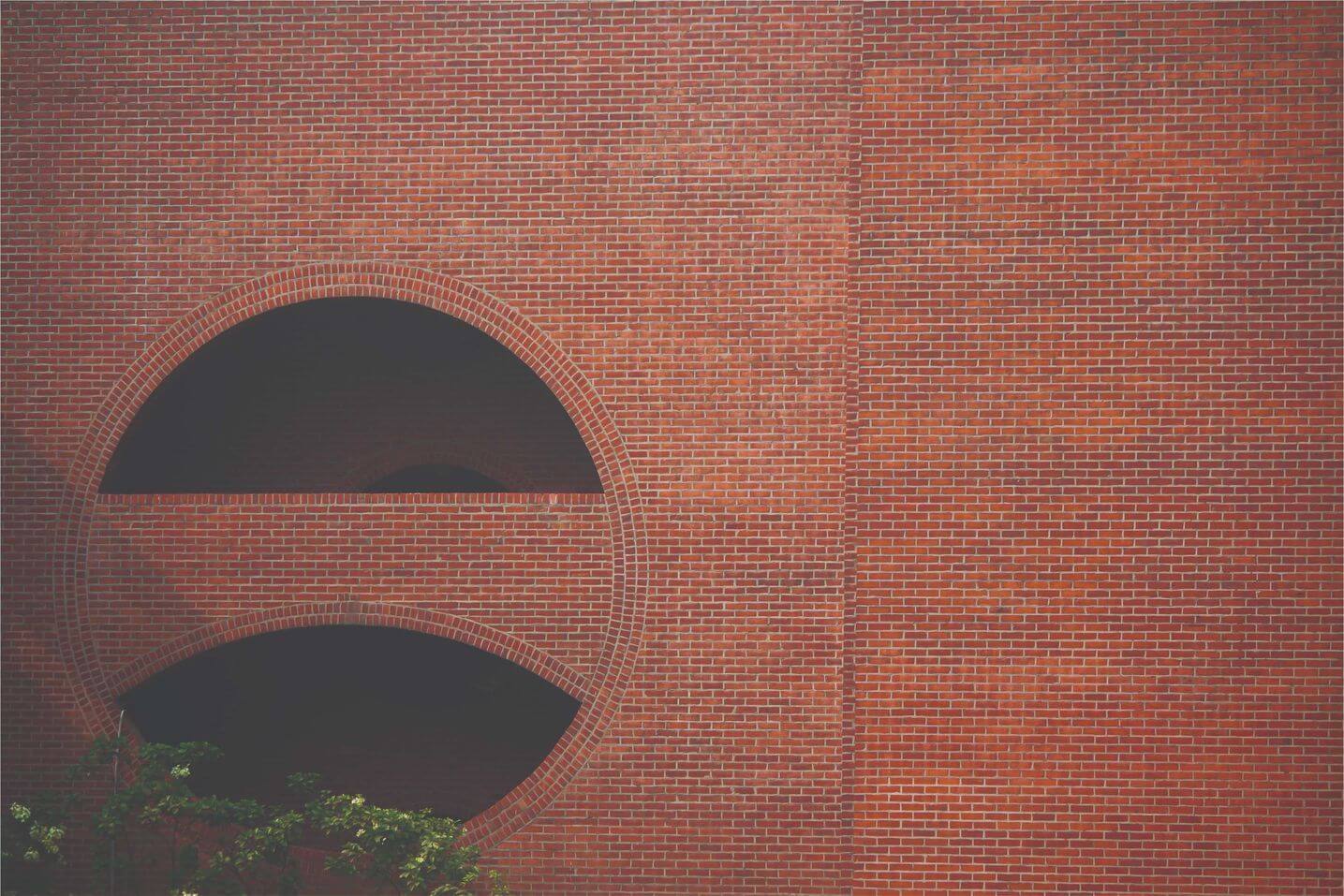
Have you ever noticed a similarity between government buildings? Have you ever wondered why most of them have a reddish surface? Why are all national monuments founded on red architectural bases? How are hundreds of government structures standing tall prioritising only red ceramic bricks?
Schools, colleges, universities, hospitals, airports, government offices, quarters, and parks such structures and the list goes on and on. Everything, every single structure is designed with ceramic red bricks. Is this any official rule? Or, is it a legacy since the British period? Or have the architects decided to create a similar pattern?
We all have many interesting stories to tell but these red ceramic bricks have much more to say. This one is an unpublished story about the red ceramic bricks. It unfolds how a visionary thinking and support of a great man has changed the shape and outlook of architecture in Bangladesh.
Communal Violence
Let’s go back to 1946. The violent legacy of the British India’s partition spread across the subcontinent. It was a grave attack on all of humanity. People were uprooted from their ancestral homes in the name of religion. Communities that had coexisted for almost a millennium attacked each other in a terrified outbreak of sectarian violence –a mutual genocide that was never expected. The carnage was especially intense with massacres, arson, forced conversions, mass abductions and savage sexual violence.
Mass Migration
Immediately after the partition began one of the largest migration of modern human history, as millions of Muslims trekked to West and East Pakistan while thousands of Hindus and Sikhs headed in the opposite direction. The summer of 1947 witnessed a mass migration. According to the book “The Great Divide” by William Dalrymple, around 15 million people had been uprooted, and between one to two million were dead. The people who could afford to, left in planes, ships or special trains. Most of them took regular trains and the poorest of the poor travelled on foot or cart.
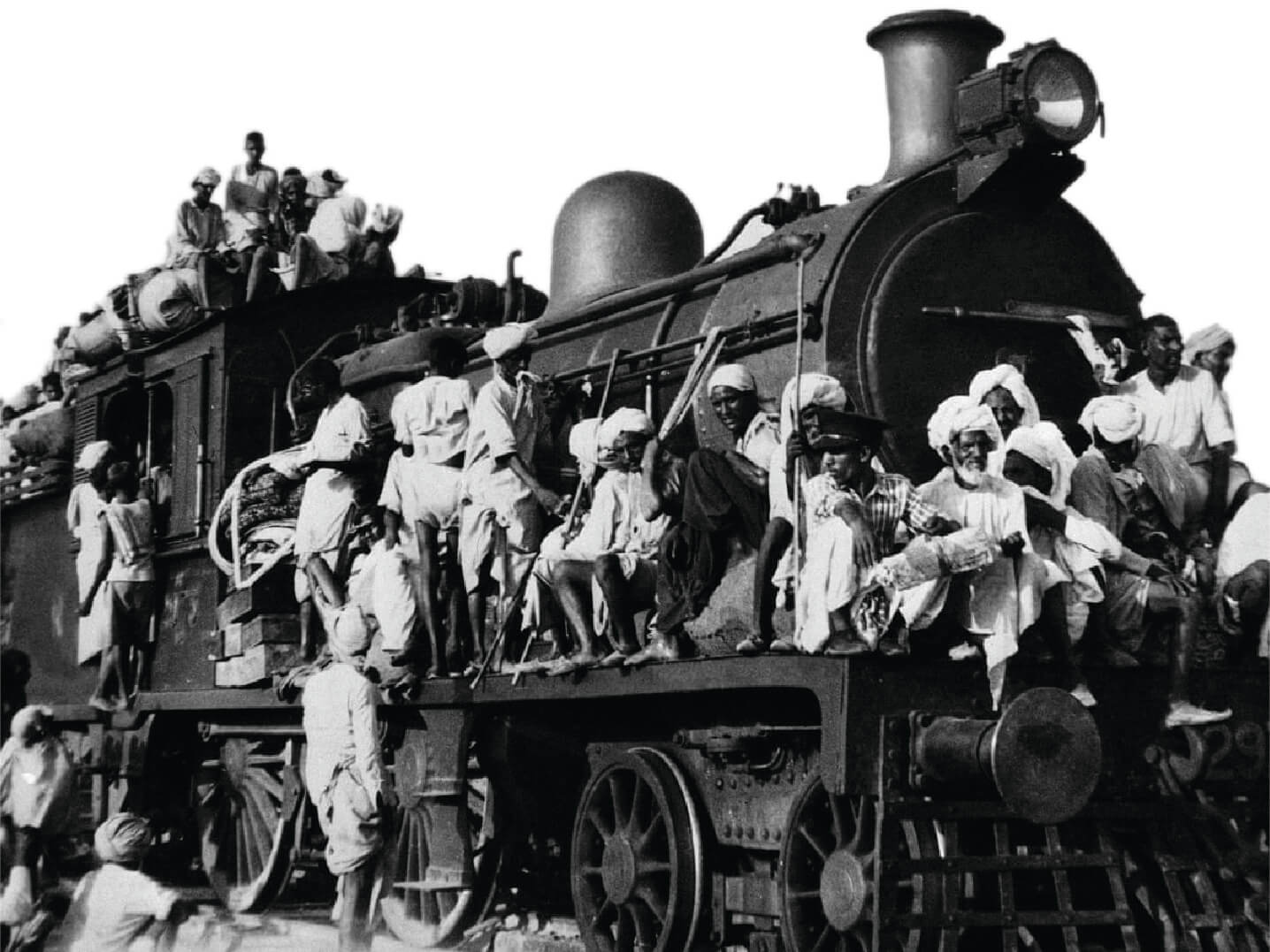
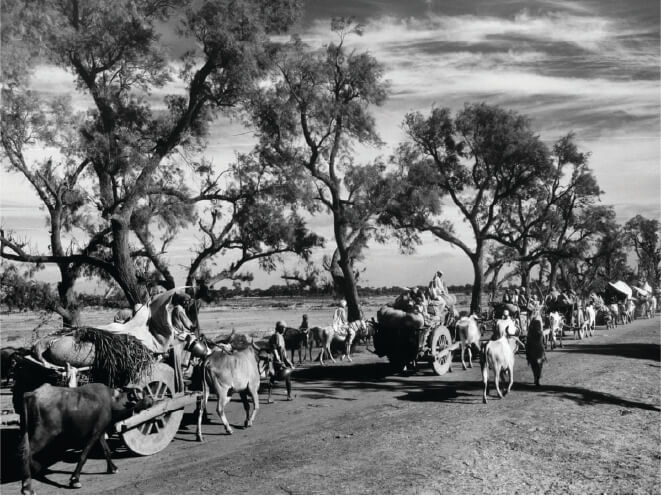
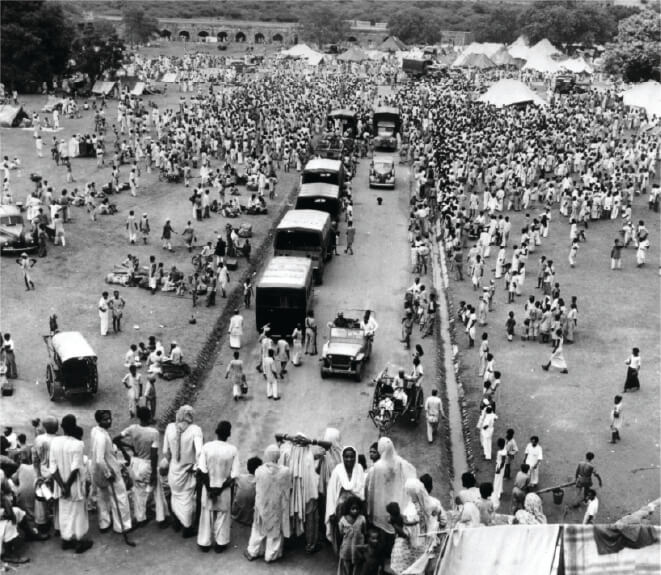
The summer of 1947 witnessed the biggest mass migration in human history. Around 15 million had been uprooted, and between one or two million were dead.
AND THE TABANIS
During that time in Gujarat, there lived an aristocrat rich Muslim family, “The Tabanis”. Like other traditional Gujaratis, the Tabanis were also involved in business and lived in a joint family. From their ancestral times, they were into textiles and yarn business. The two young brothers– Ariff Wali Mohammad Tabani and Rashid Wali Mohammad Tabani– used to look after their business and assets. They were well settled with dignity until the fear of communal violence had spread across their state.
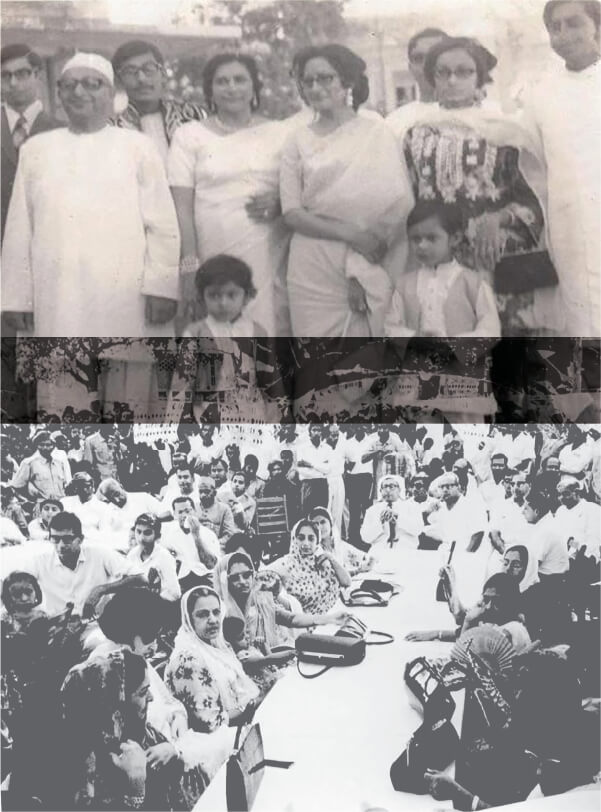

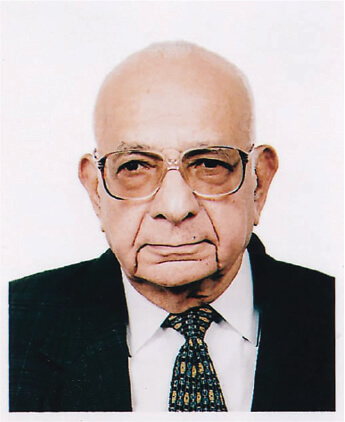
RASHID WALI MOHAMED TABANI
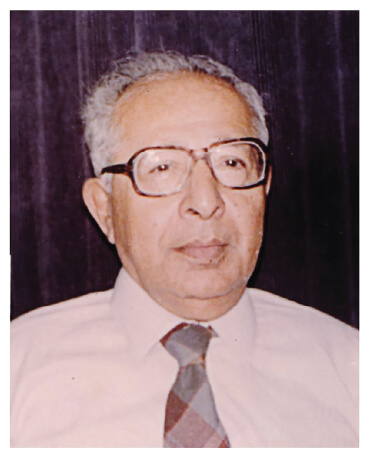
RASHID WALI MOHAMED TABANI
Protecting Harmony
By the time he came back to Kolkata, he was literally sick as well as sickened by what he had experienced in the past few months. In addition, the political activities of Muslim league were difficult to continue during that time in Kolkata. So, Shiekh Mujib returned to East Bengal after taking permission from his political guru Suhrawardy. And then, there started the beginning of a new era.
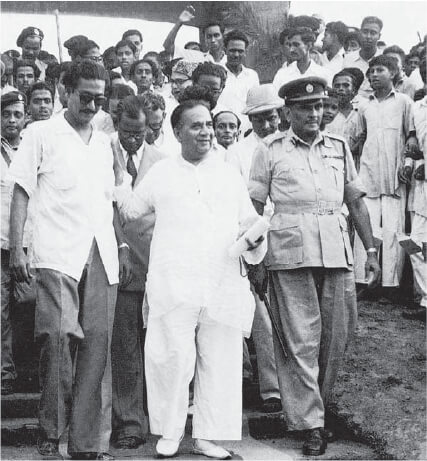
Dream of a capital city
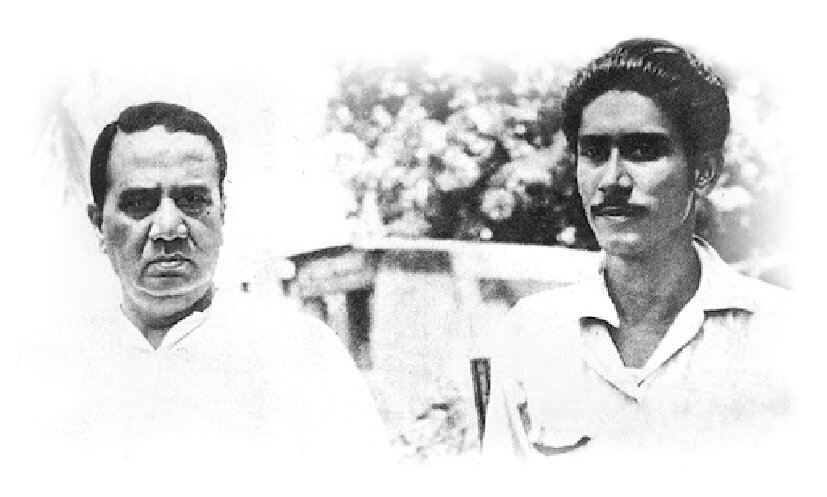
A New Beginning

The Bonding
Within a short time, the Tabanis had expanded and established their businesses in Pabna, Narayanganj, Ishwardi, Narshindi and Dhaka. On the other side, Bangabandhu was knitting dreams of changing the luck of his people.
Taking Charge of Change
The Proposal
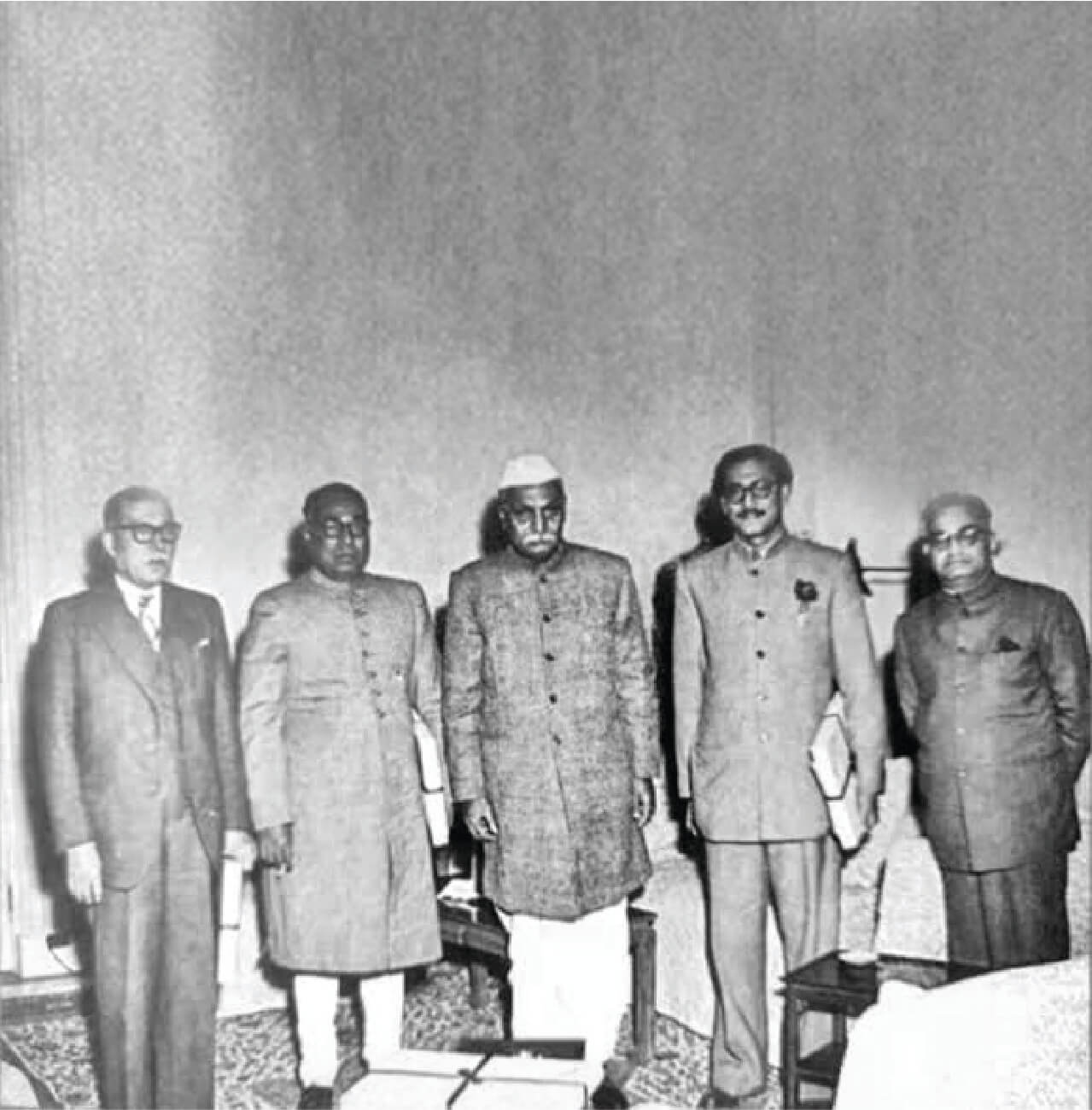
The Idea
Perfect Selection
Massive Effort
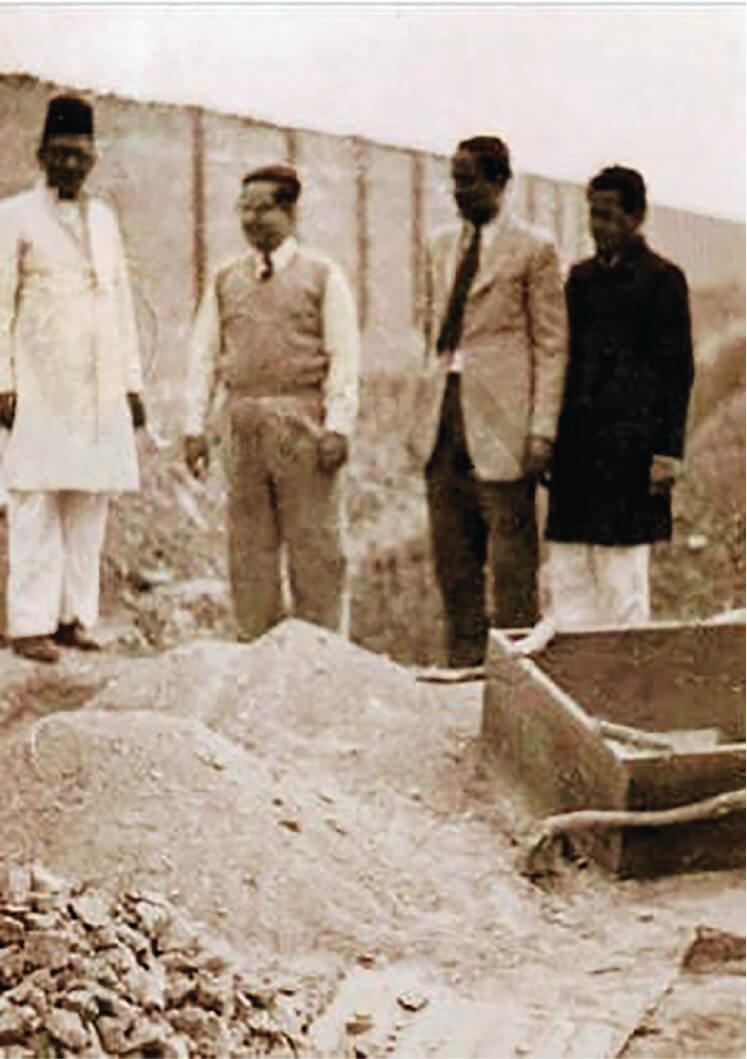
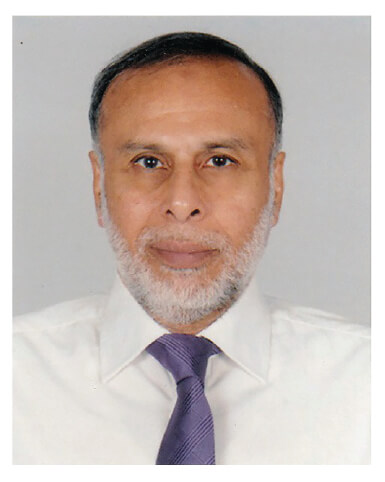
SAKIF ARIFF TABANI – Vice Chairman of MIRPUR CERAMIC
Keeping Promise
Bangabandhu was deeply connected with the project. His continuous guidance and self-involvement had helped the project to go live within a very short time. He voluntarily resigned in 1957 from the cabinet in order to continue as the General Secretary of the party to build the organisation on a firm footing as a platform of the Bengalis. Mr. Tabani used to notify Bangabandhu with updates of the establishment, take suggestions and administrative help to overcome the challenges since the project was his brain-child. Bangabandhu remained with Tabani all along as his inspiration, his support and his backing. He was true to his commitment.
Red Rectangle
The factory started producing beautiful reddish rectangular-shaped ten-hole perforated engineering ceramic bricks. The trapped air in the hollow area inside the bricks turned them into thermal insulators. They keep the interiors cool in summer, warm in winter and provide more sound insulation compared to traditional solid bricks. These bricks are burnt at a much higher temperature which makes it more beautiful with a bright red colour. The smooth surface has as its original beauty that does not require traditional cementing thus increasing the aesthetic value and decreasing the weight of the structure. In addition, the strength and durability of red ceramic bricks made it a sole option for construction projects.

ARCH MIND
As Bangabandhu predicted, the Tabanis started getting orders from the very first day Mirpur Ceramic started producing ceramic bricks and as expected the government became their main buyer. Starting from world famous architects like Louis I Kahn, Sthapatyacharja Muzharul Islam and many others preferred using ceramic bricks in their projects. Those were the days when there were no tile industries and very less material available for decorative wall. Architects used these bricks as the primary decorative piece with a contrasting pattern. The originality with finished surface of the bricks was the only available option for architects if they wanted to work with the nation’s brand colour. Analysing the design layouts of each structure created by different architects, we can find a similarity. Most of them tried to bring the colour of our national flag by highlighting the red brick structure on a green space or used the bricks to create contrast with the main structure or monument. It is very surprising and amazing to see the aesthetic thinking of different arch minds meeting at the same design thought. Everyone tried to make the best use of space while representing Bangladeshi heritage and culture with the national colour tone.
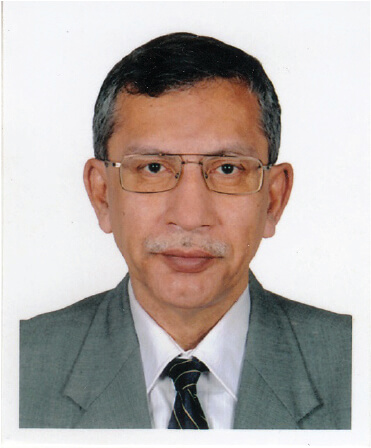
ASIF ARIFF TABANI – Chairman of MIRPUR CERAMIC
The Hollow Glam
Most of the famous national monuments, airports and rail stations, government and defense installations, foreign embassies, pavements, parks, graveyards, factories, residential and commercial buildings, resorts, mosques, hospitals, schools, colleges and universities of Bangladesh were made using bricks from Mirpur Ceramics. May be Bangladesh is the only country in the world to have the maximum number of structures made with red ceramic bricks as part of national establishments.
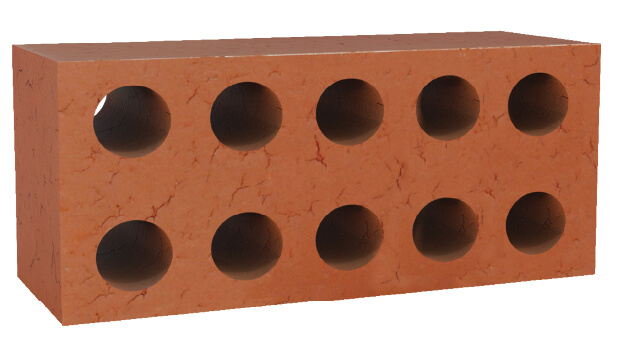
Jatiyo Sangsad Bhaban (Parliament Building), the national assembly house of Bangladesh, created by architect Louis I Kahn, is one of the largest governmental complexes in the world. According to Robert McCarter, author of Louis I Kahn, it is one of the twentieth century’s greatest architectural monuments. The main building is at the centre of the complex surrounded by lakes on three sides, lawn and the MP Hostel made with red ceramic bricks adds aesthetic value to the master creation. Mr. Kahn along with Mujharul Islam started using ceramic bricks in a large scale. Both worked closely with Mirpur Ceramic for a long time and created a trend for other architects to follow.

Jatiya Smriti Shoudho or the National Martyr’s Memorial is another red brick monument created for the memory of the living freedom fighters and of the martyrs who had sacrificed their lives to liberate the country. Following the site selection, road and land development, a nationwide design competition was held. Architect Syed Mainul Hossain’s design was chosen after evolution. The unequal towers were placed on a giant red architectural base of ceramic bricks. These bricks were used throughout the complex area of the monument to represent blood for achievement of independence.
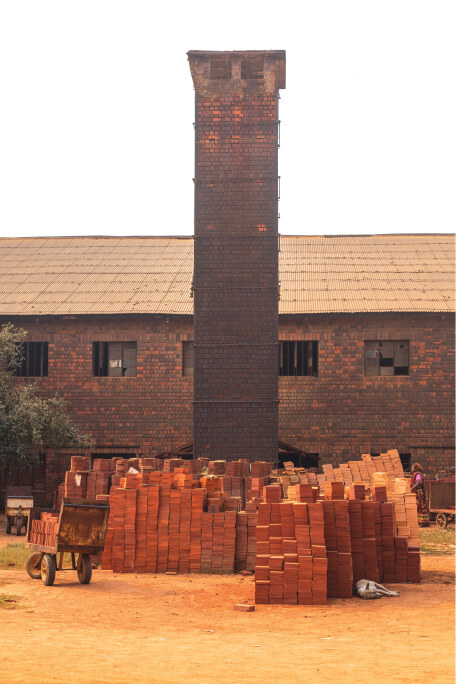
The deeply designed Shaheed Minar in Dhaka resembles a grieving mother with two children on either sides, standing on red floor comes alive in an abstract style. The red architectural base made with ceramic bricks give a contrasting beauty to the iconic language symbol.
Other red ceramic brick monuments are ‘Shikha Anirban’ (Eternal Flame) in Dhaka Cantonment, where the flame is kept burning all the time in order to keep the memory of the soldiers who sacrificed their lives for the nation.‘Shikha Chirantan’ in Suhrawardy Uddyan, the place where Bangabandhu Sheikh Mujibur Rahman delivered the historic 7th March speech and where Pakistani forces surrendered on 16th December. ‘Shahid Buddhijibi Smriti Shoudho’ in Rayer Bazar to mark the memory of martyred intellectuals in 1971.
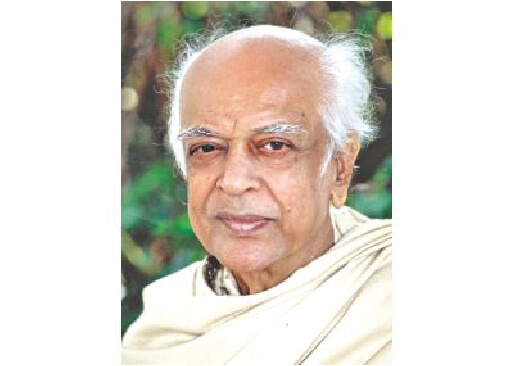
Sthapatyacharja Muzharul Islam, Photo Collected
Maybe BANGLADESH IS the only country in the World to have the maximum number of structures made with red ceramic bricks as A part of national establishments. Some noticeable red ceramic brick structures are Shaheed Suhrawardy Hospital, the Prime Minister’s House (Gonobhaban), Children and Orthopaedic Hospital, Hazrat Shahjalal International Airport and other divisional airports, Bangladesh Agricultural Research Council, Islamic University of Technology and East West University.
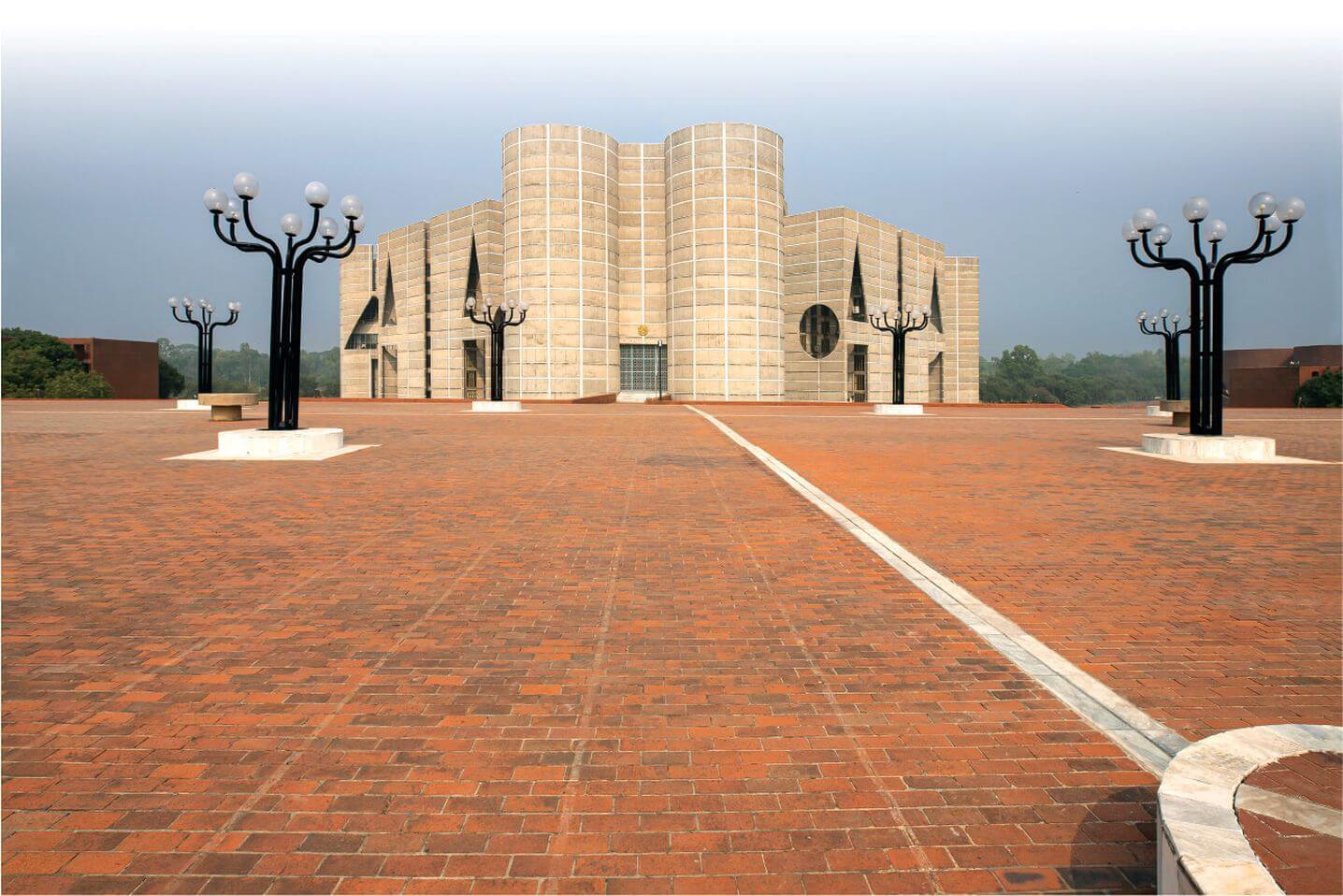
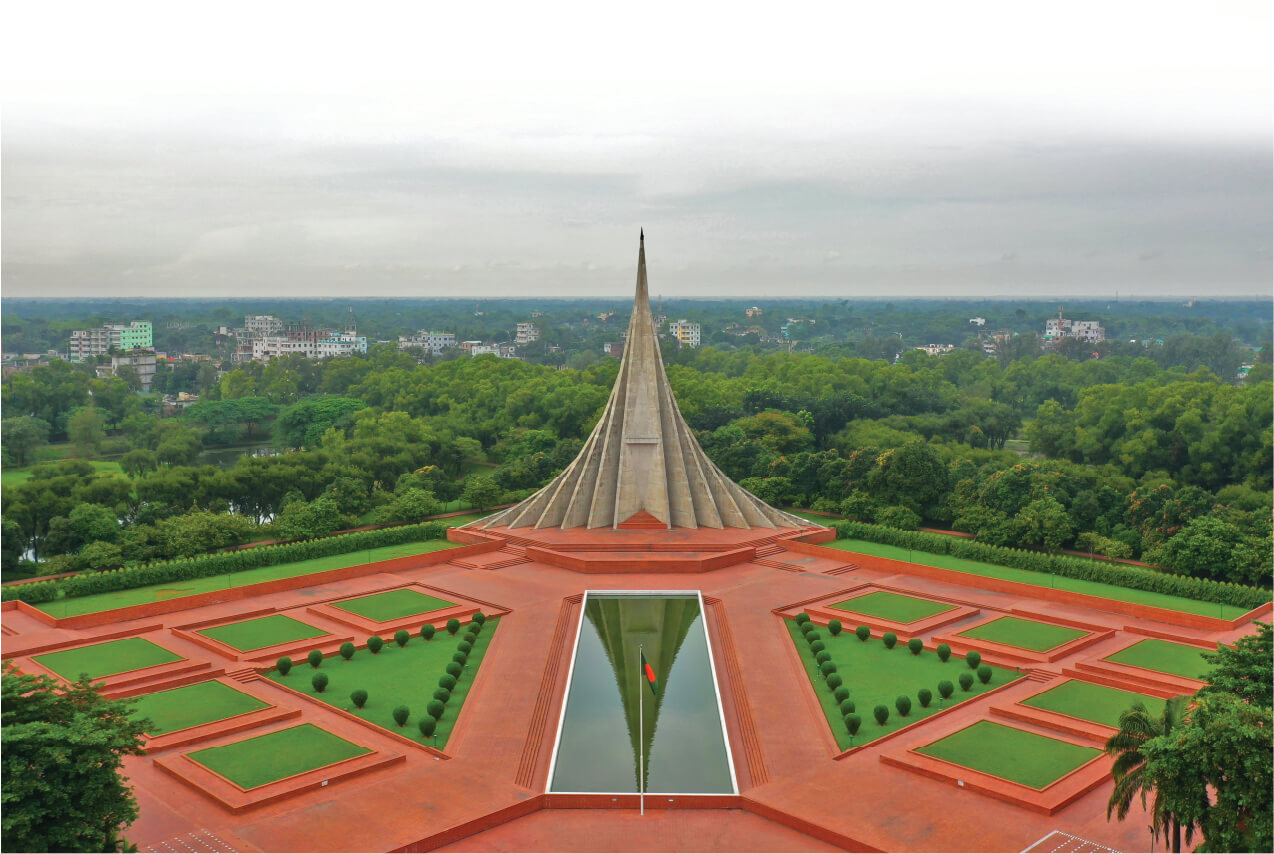
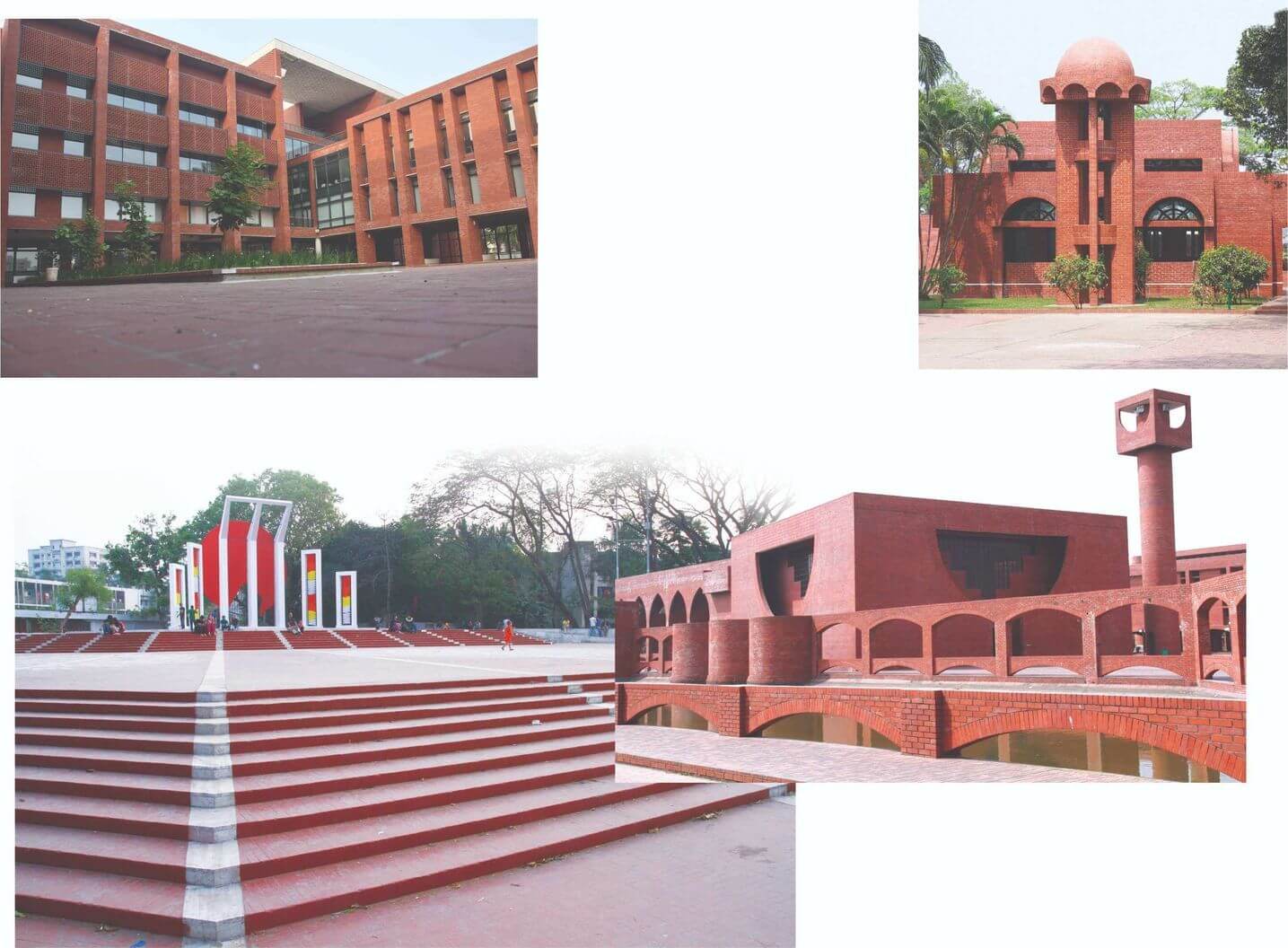
Maybe BANGLADESH IS the only country in the World to have the maximum number of structures made with red ceramic bricks as A part of national establishments.
Some noticeable red ceramic brick structures are Shaheed Suhrawardy Hospital, the Prime Minister’s House (Gonobhaban), Children and Orthopaedic Hospital, Hazrat Shahjalal International Airport and other divisional airports, Bangladesh Agricultural Research Council, Islamic University of Technology and East West University.
Mirpur Ceramic Works
Mirpur Ceramics has a capacity of making 70,000 pieces of bricks per day. The main feature of ceramic brick or automatic brick is that it is almost twice as strong and durable as ordinary clay brick. As a result, this red brick has got predominance in all the big building construction projects of the government. Mirpur Ceramic Works has made an exclusive contribution to such buildings.
Where ordinary bricks are burned with coal or wood at a temperature of 900 to 950 degree, ceramic bricks are burned with gas at a temperature of 1100 to 1150 degrees. That is why the colour of ceramic bricks is bright red and it is more beautiful. And red is also the branded colour of the government.
Besides bricks, terracotta, tiles, rooftops, pavers etc. are now being made in Mirpur Ceramics. In 1995, the Tabani family formed Khadim Ceramics Limited and Sunshine Ceramics in Sylhet and Habiganj through Mirpur Ceramics. Mirpur Ceramic has an annual turnover of around Tk 80 crore but Khadim Ceramic’s turnover of Tk 2.0 crore as of 1995 has now stood at around Tk 250 crore. If two more Khadim plants are commissioned next year, the turnover will be around Tk 500 crore.
Face of Architecture
“This is our tale, a tale of two hardworking brothers, tale of a great visionary man,” current owner Sakif Tabani talking about their legacy added, “With textile we might have become one of the biggest business tycoons in the country but we could not have been part of the national monuments, owned the glory of decorating our nation. Bangabandhu kept his words. He was always beside my father to execute the epic task of establishing a ceramic factory. He gave us the opportunity to create history, to become a part of the pride that goes on and on.”
He added, “My father and uncle are no more but their contribution is immortal. My father and Bangabandhu will remain as an integral part of Bangladeshi architectural heritage and for the reason of unique aesthetics as well as functionality, red ceramic bricks will remain as the face of architecture in Bangladesh.”
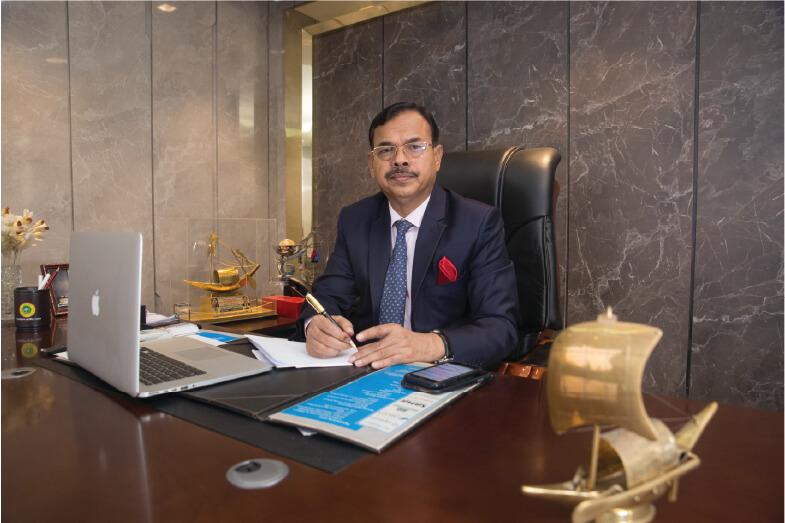
“Bangabandhu was a farsighted man. He could see far beyond the achievable horizon. His depth of vision can be found by analyzing his individual brilliance in any field he touched willingly or unwillingly.”
MD. Shirajul Islam Mollah
President, BCMEA
President of BCMEA Md. Shirajul Islam Mollah told Ceramic Bangladesh, “Bangabandhu was a farsighted man. He could see far beyond the achievable horizon. His depth of vision can be found by analysing his individual brilliance in any field he touched willingly or unwillingly. Not only did he build the nation but also ensured it looks beautiful as well. Not only did he plan introduction of ceramics in Bangladesh, but he helped the investors from sourcing to selling, from presenting to collaborating. We are grateful for his contribution to the ceramic industry.”
The ceramic authority of Bangladesh researched and found him as the initiator and core holder of ceramic industrial development.
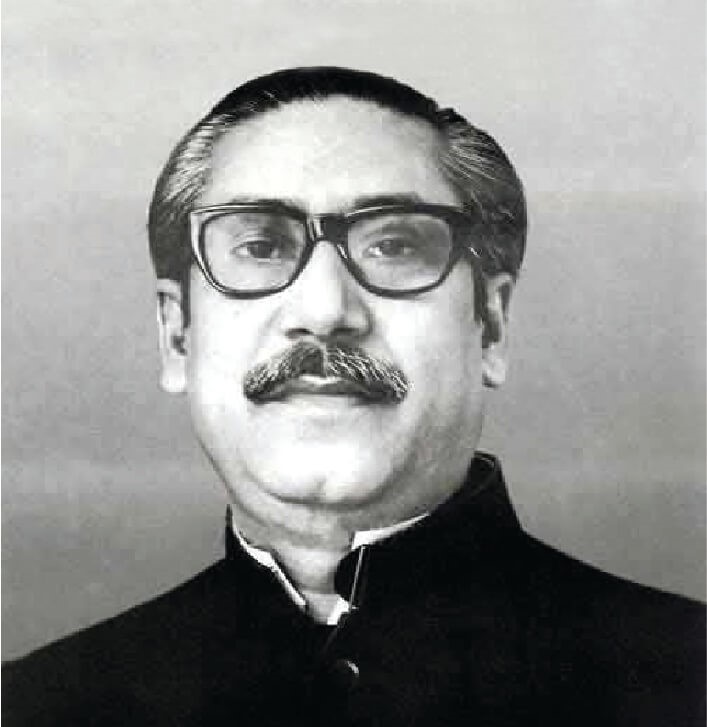
On the occasion of the celebration of 50 years of victory and to honour the birth centenary of Bangabandhu Sheikh Mujib, Bangladesh Ceramic Manufacturers and Exporters Association (BCMEA) does hereby declare, Bangabandhu Sheikh Mujibur Rahman as ‘The Father of Ceramic Bangladesh’.



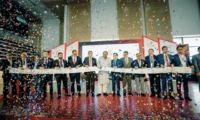
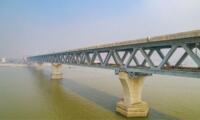


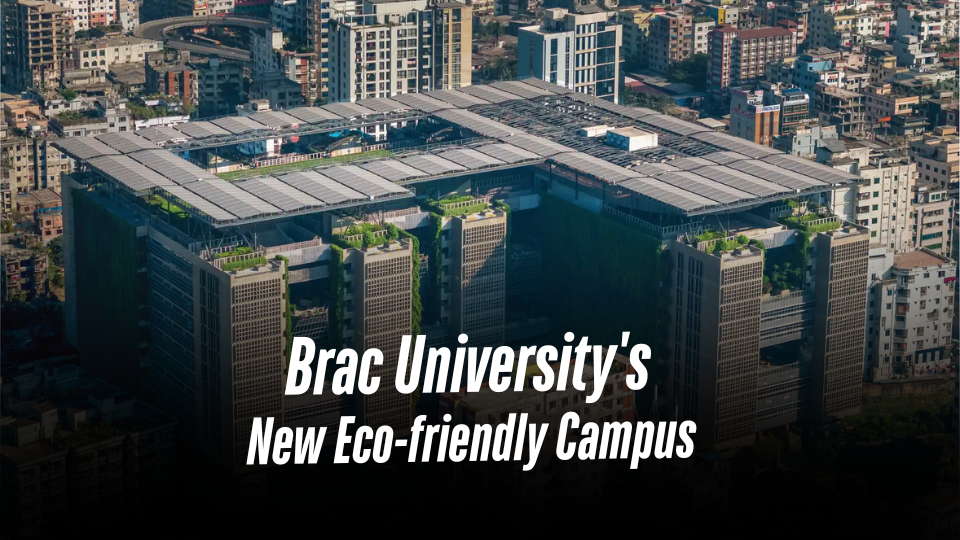
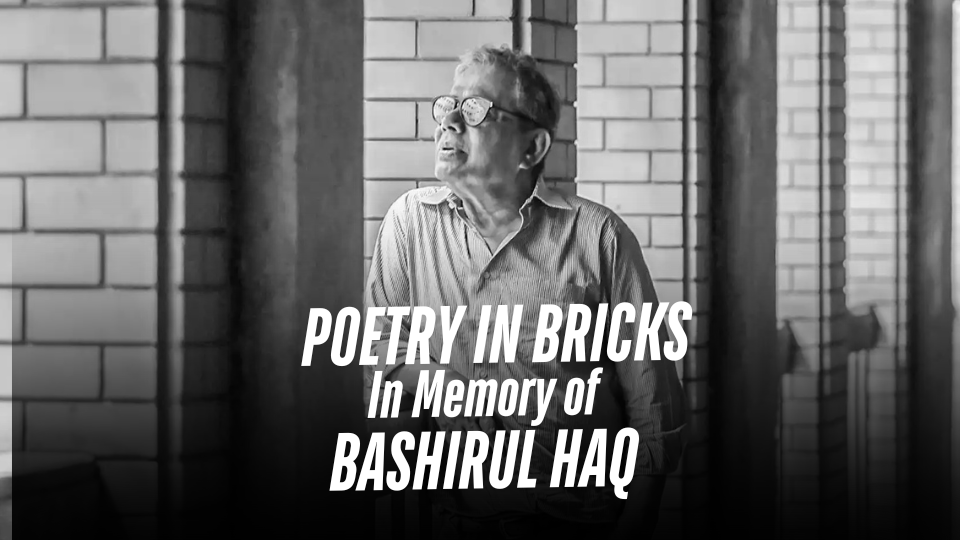
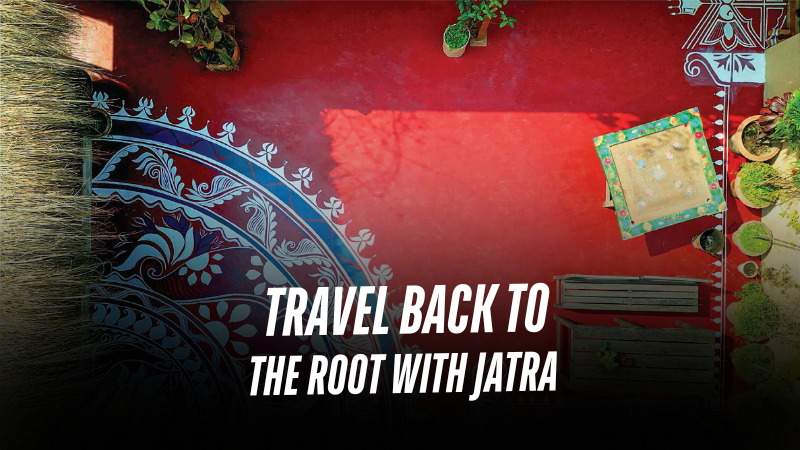





 Total views : 15732
Total views : 15732